

Home
About Us
Allotments
Garden Equipment
Seed Suppliers
Manure Problems
Children's Pages
GLA Blog
Weather Blog
School Veg Patch
Useful Links
Combating Plum Tree Pests
I'm not sure exactly when we planted our plum trees - our charts and photo library don't seem to go back far enough. The earliest photo that I can find was taken back in 2004
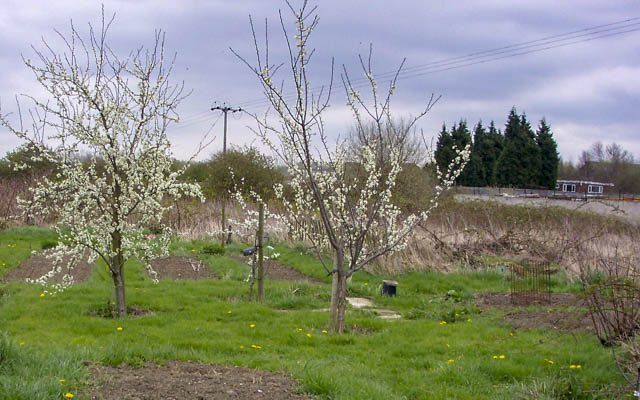
The trees and the allotment looked very different when I took the following photo thirteen years later in 2017.
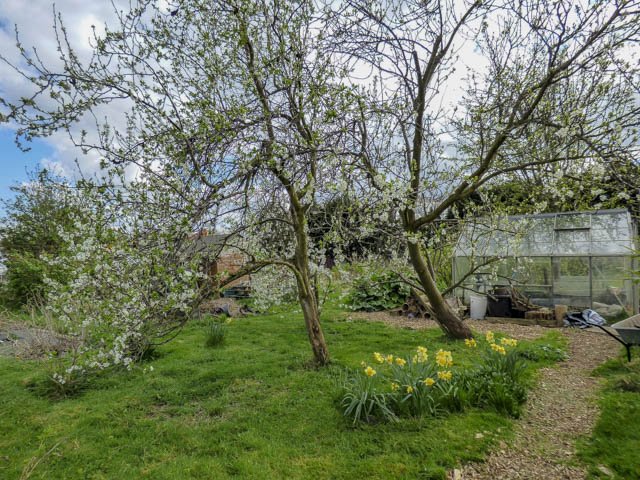
As you can see we have three plum trees, The largest one on the right is Oullins Gage and the one at the front is Marjorie's Seedling. The third tree which isn't really visible in the photo above is a Victoria. You can probably tell from the photo above that this tree was planted after the other too.
It is more visible below.
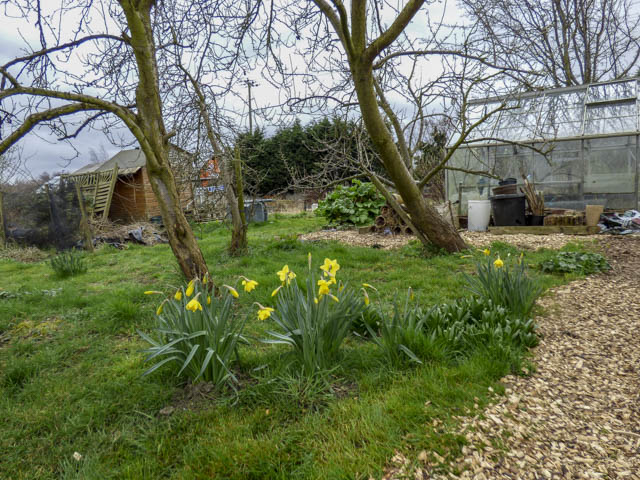
All three trees crop well although they tend to have a heavy copping year followed by as leaner one. Being in flower early they also can suffer from late frosts damaging the flowers.
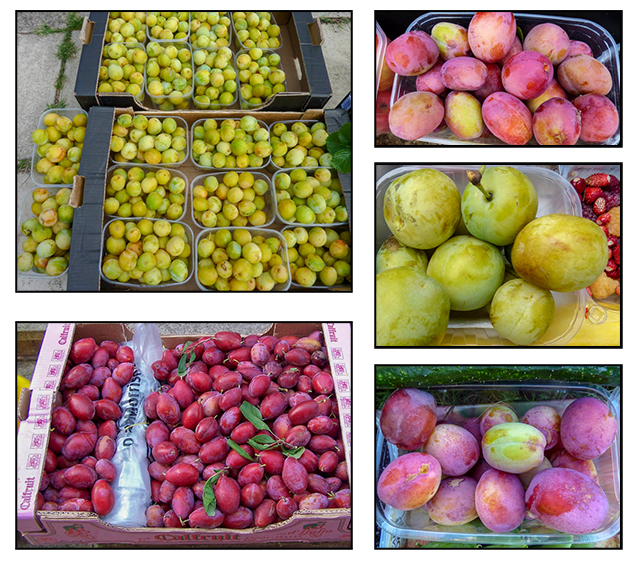
A few years after we had planted the plums we thought that they had suddenly died. After having flowered well in spring and setting a reasonable amount of fruit, in summer our plum tree looked as though it was dying.
The plums on the tree withered and fell off and the leaves were brown and shrivelled.
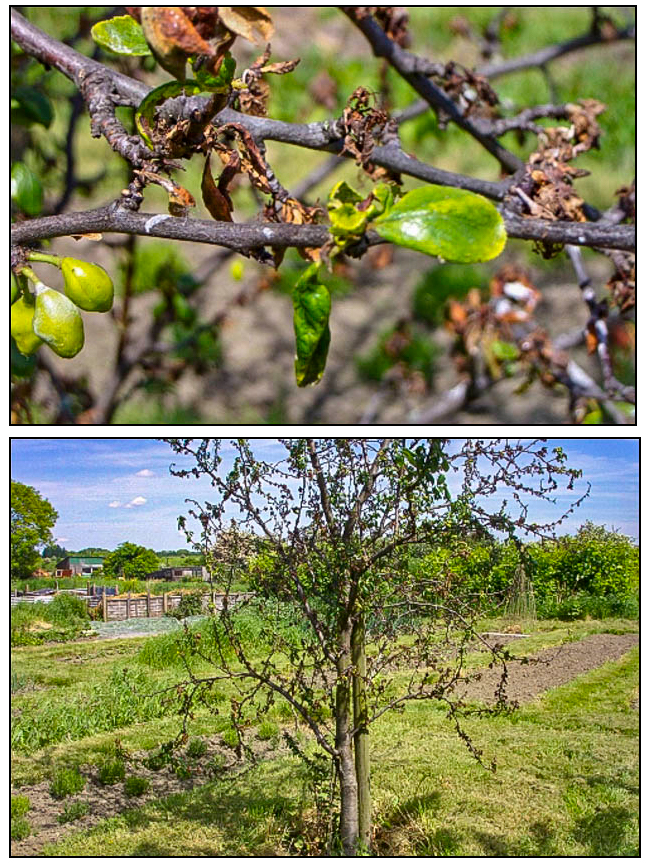
The tree recovered later in the year and produced some new leaves but no fruit.
Our tree suffered in this way for two years until when browsing the Royal Horticultural Society's web site, I discovered the possible cause. It was being attacked by Brachycaudus Helichrysi or plum leaf curling aphid.
To visit the RHS web site for more details of this pest click here.
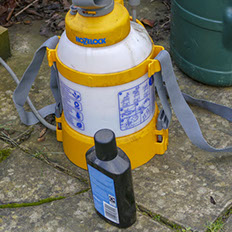
The treatment is to give your trees a winter wash. This should be carried out on a still winter's day. If possible you should spray two or three times, the first time in December with repeat treatments in January and February. The wash is plant oil based and is an organic preparation, however it will scorch young buds and leaves so should be used when the tree is fully dormant.
We rarely managed to spray more than once but it seems to do the trick. We also spray our other fruits trees at the same time as a preventative measure.

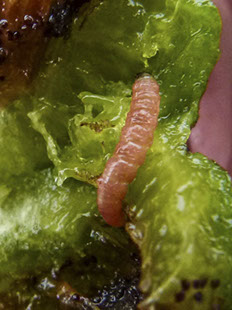
Another pest that attacks our plum trees is the plum moth. The plum moth leaves the overwintering cocoon in May when after mating, the female lays its eggs on the small developing fruitlets. After hatching the tiny larvae burrow into the fruits and feed on the juicy flesh inside. Infested fruits tend to ripen first and so the plums picked earliest in the year are the ones most likely to contain unwelcome occupants. As the season progresses fewer plums seem to be affected. We always cut fruits in half before eating to check that they are bug free. The last thing I want to find after biting onto a fruit is a wriggling caterpillar or worse still half a caterpillar.
To try and cut down on plum moth infestations we generally hang a lure in the trees which attract and trap the make moth. The lure gives off female moth pheromones which entice the makes to the lure.
I'm not sure whether the winter wash has any effect on the numbers of moths that emerge from the cocoons but I'm sure that the birds regularly browses amongst the tree canopies help by picking off some of the overwintering cocoons and maybe even tiny larvae before they have a chance to burrow into a fruit.
Another pest that attacks plums once they have ripen is the wasp. These insects can make picking ripe plums quite hazardous. One way we have found to mitigate the problem is to hang up home made waspinators. More about that here. At the time of writing - February 2019 - we have found these to have been an effective deterrent for the past two years
Our Plot at Green Lane Allotments Blog | A Gardener's Weather Diary | School Vegetable Patch Website
© Our Plot on Green Lane Allotments - Please email me if you wish to use any of this site's content